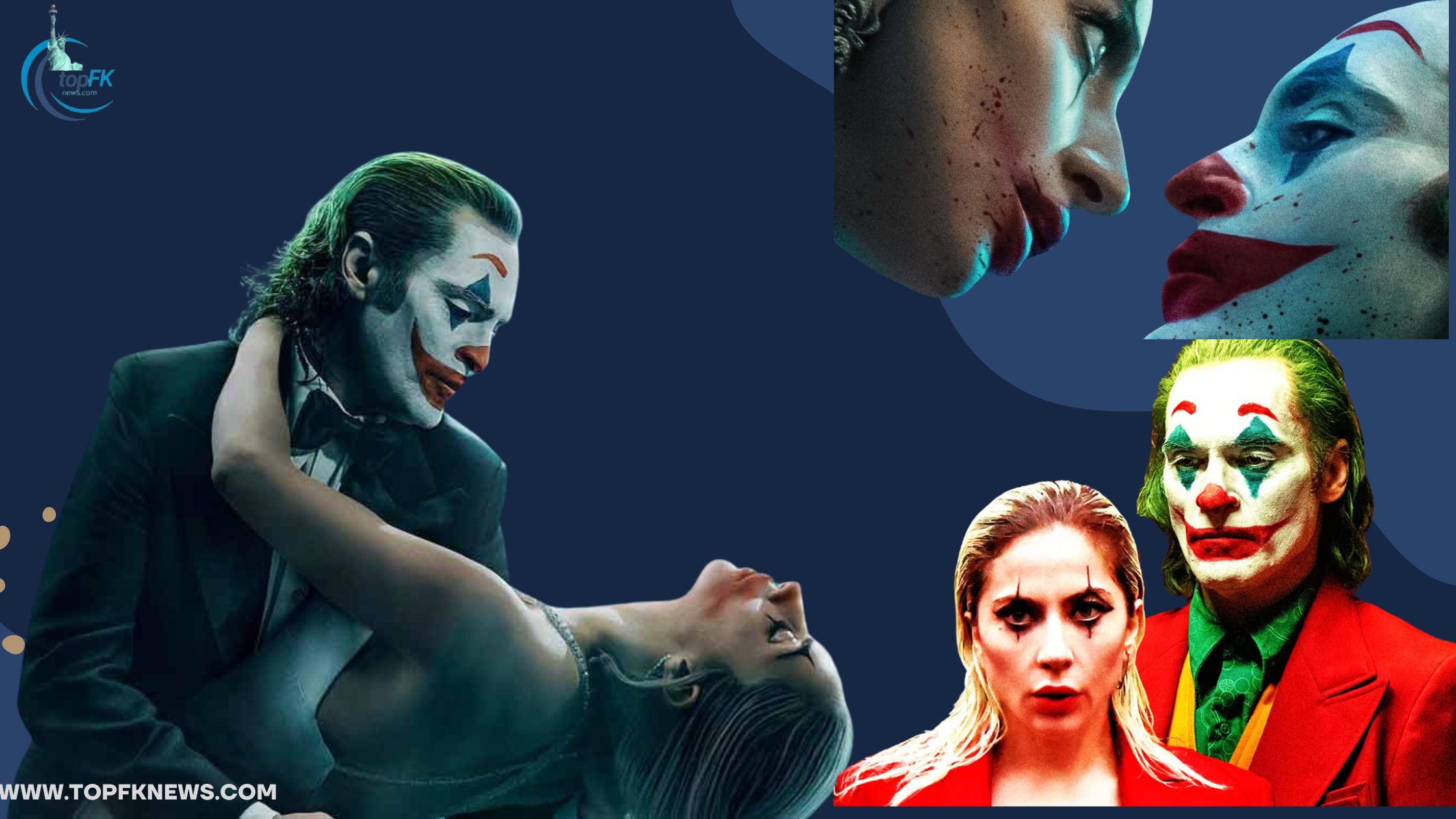The Echo of Arthur Fleck Still Here
Reiterating his performance in Todd Phillips’s sequel to “Joker,” “Joker 2: Folie à Deux,” which has opened the Venice Film Festival, is Joaquin Phoenix. Through the perspective of Batman’s arch-nemesis, the controversial yet artistically beautiful original movie offered a candid look at society’s failings. Phoenix’s performance of the buried in mediocrity character Arthur Fleck left viewers both amazed and divided. Drawing mostly on classics like “Taxi Driver” and “The King of Comedy,” Phillips’ debut picture weaved derivativeness straight into its story fabric. This decision exposed Fleck’s lack of originality and presented him as a sad person who only gains acceptance by means of increased, aggressive deeds instead of true creative abilities.
The Musical madness of "Joker 2"
Emphasizing Fleck’s miserable life by creative use of the musical cinema genre, the sequel, “Folie à Deux,” takes this tale into fresh ground. Set two years following Fleck’s infamous on-air murder and later riot, the movie follows him in Arkham Asylum, almost to a competency trial when the death sentence may result. Here, especially in his contacts with a new character, Lee Quinzel (Lady Gaga), who falls in love with the Joker persona, Phillips investigates the paradox of Fleck’s reality against his dreams.
Inspired by “Chicago,” Phillips adopts a Rob Marshall-esque style whereby musical moments mostly exist in the heads of Arthur and Lee, therefore offering a striking juxtaposition to their sad reality. These performances highlight Fleck’s deluded self-image as an entertainer, which disturbs the viewers as well as everyone working on the movie.
A Cinematic Analysis of Personal Viewpoint of Joker 2
“Folie à Deux” emphasizes reflection more than it does the outward anarchy the Joker figure usually inspires. The movie challenges the viewers to consider their own impressions of Arthur and the attractiveness of his story as it constantly emphasizes his boring and isolated demeanor. Phoenix’s subtle acting gives Arthur fresh complexity and a guy more conscious of his shortcomings and more under control than in the original movie.
Navigating this difficult character study with a screenplay that avoids conventional comic book clichés, Phillips and co-writer Scott Silver choose to craft a more realistic and psychologically profound story. Lawrence Sher’s photography, which deftly catches the core of Arthur’s changing mental moods via dramatic lighting and moving visual analogues, supports this.
Thoughts and revelations.
“Joker 2: Folie à Deux”‘s meta-commentary on the nature of its story adds to its appeal. Phillips dares to challenge the financial success of his first picture by emphasizing internal difficulties of the protagonist instead of outside affirmation. This change challenges spectators to consider their obsession with Arthur Fleck’s narrative, which really is a sad examination of a man lost inside his own illusions and the society mirrors reflecting them.
Deeper into issues of identity, perception, and the thin border between fact and performance, the sequel turns out to be a bold, if disturbing, cinematic experience. With Phoenix and Gaga giving outstanding performances, the movie not only honors but also redefines the Joker’s history by showing a persona as reflective as it is theatrical.
Ultimately, “Joker: Folie à Deux” is maybe the most original and provocative study of the Joker persona to date as it is a daring, contemplative work that pushes both its audience and its characters to ponder farther than ever.

